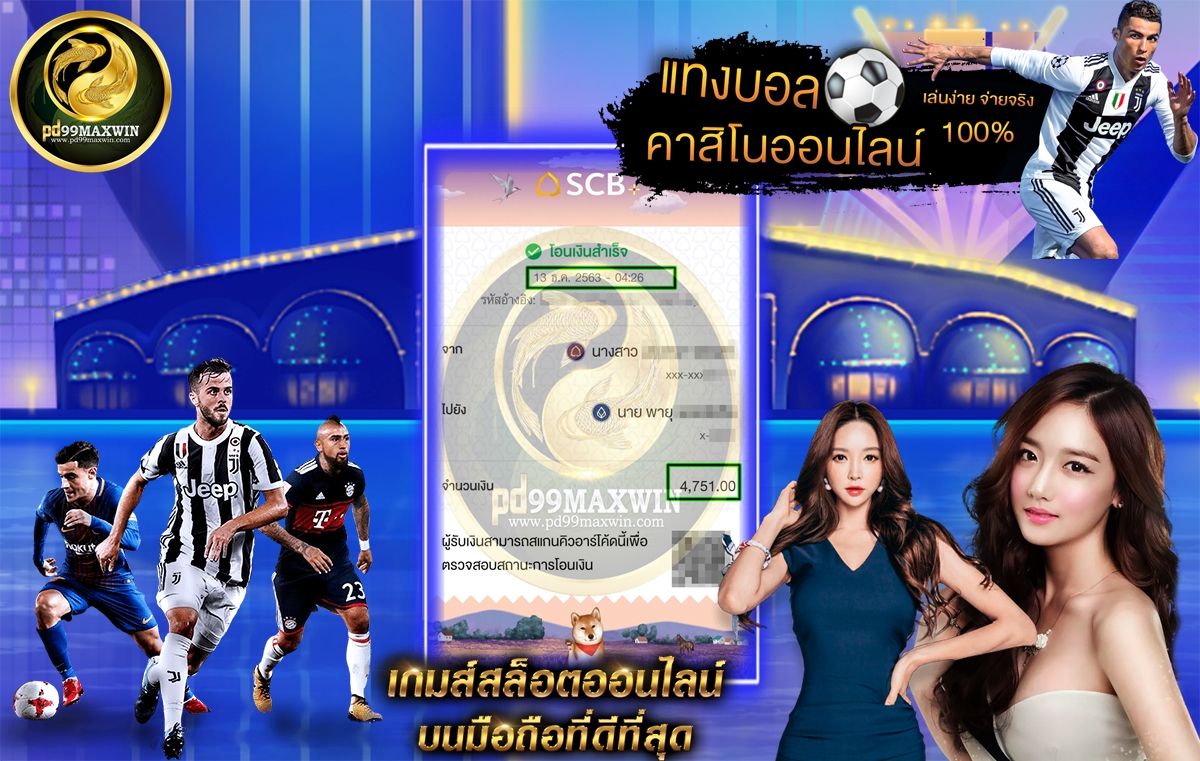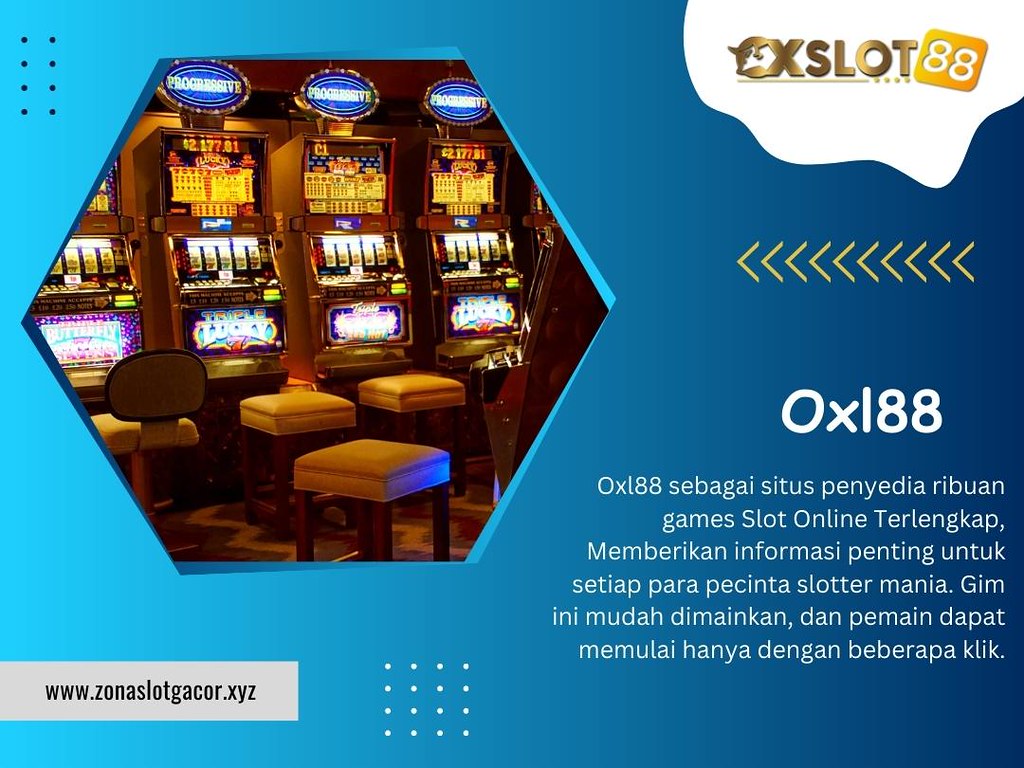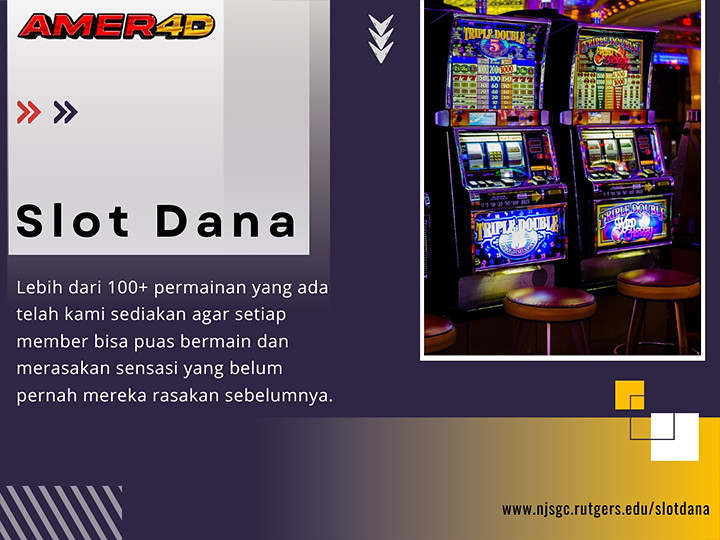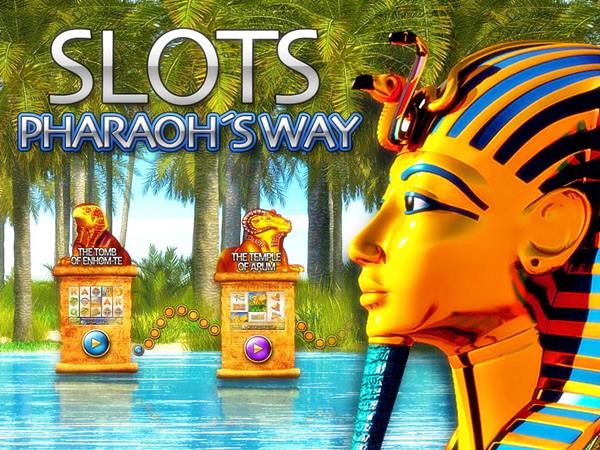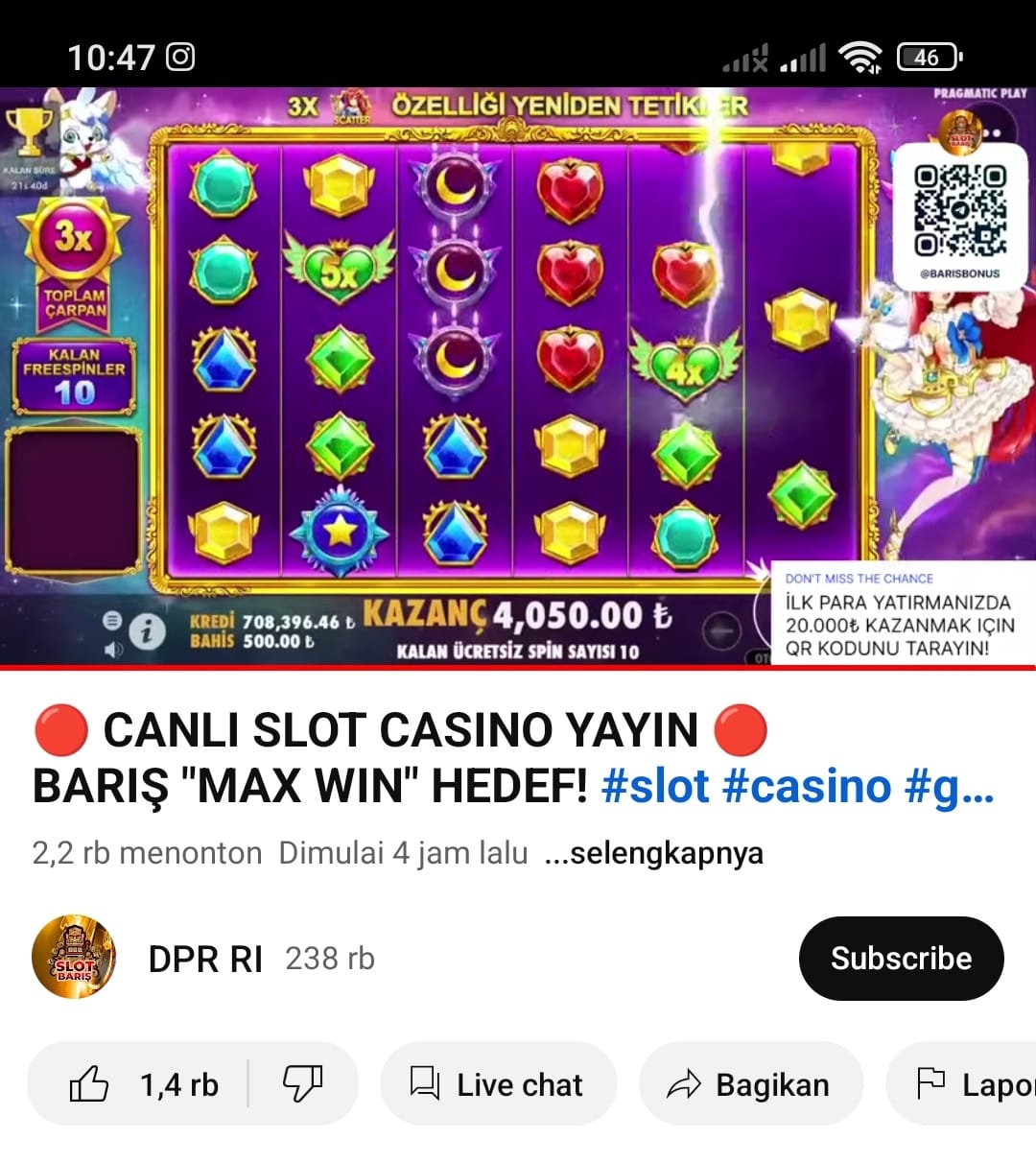Di era digital ini, perjudian online telah menjadi bagian tak terpisahkan dari kehidupan banyak orang. Dari berbagai jenis permainan yang tersedia, mesin slot menjadi salah satu yang paling diminati. Dan di antara platform-platform judi online yang bertebaran, King999 telah mencuat sebagai salah satu yang menonjol. Namun, seiring dengan popularitasnya, timbul pertanyaan tentang dampak Slot88 di King999 terhadap perilaku pemain. Mari kita telusuri lebih dalam.
Fenomena Slot88 di King999
King999, dengan koleksi permainan slotnya yang luas dan tata letak situs yang ramah pengguna, telah berhasil menarik perhatian ribuan pemain judi online. Slot88, salah satu permainan unggulan di platform ini, menawarkan pengalaman bermain yang menghibur dan memikat. Namun, di balik kilauannya, tersembunyi dinamika yang memengaruhi perilaku pemain.
Dampak Terhadap Perilaku Pemain
1. Ketergantungan yang Berkembang:
Salah satu dampak utama dari permainan Slot88 di King 999 adalah potensi ketergantungan yang dapat berkembang pada pemain. Desain permainan yang menarik, penggunaan efek suara yang menggugah, dan sistem penghargaan yang sering memperkuat perilaku bermain dapat membuat pemain terjebak dalam siklus perjudian yang sulit untuk diputuskan.
2. Ketidakstabilan Emosional:
Permainan Slot88 seringkali memicu respons emosional yang intens pada pemain. Dari euforia saat memenangkan putaran hingga frustrasi saat kehilangan, variasi emosi ini dapat memengaruhi kesejahteraan mental pemain. Terutama bagi mereka yang rentan terhadap masalah emosional, permainan ini dapat menjadi pemicu yang berbahaya.
3. Pengeluaran Finansial yang Tidak Terkontrol:
Slot88 di King999, meskipun menyajikan kesenangan dalam permainan, juga dapat menjadi sumber pengeluaran finansial yang tidak terkontrol bagi sebagian pemain. Terutama ketika perjudian menjadi kebiasaan yang sulit untuk dikendalikan, risiko keuangan dapat meningkat secara signifikan.
4. Interaksi Sosial yang Terbatas:
Perjudian online cenderung membatasi interaksi sosial pemain dengan lingkungan di sekitarnya. Pemain yang terlalu terpaku pada permainan Slot88 di King999 mungkin menghabiskan waktu yang berlebihan di depan layar, mengisolasi diri dari hubungan sosial yang sehat dan mendukung.
5. Kurangnya Kesadaran akan Waktu:
Fitur-fitur permainan yang dirancang untuk mempertahankan minat pemain sering kali membuat mereka kehilangan kesadaran akan waktu yang telah mereka habiskan. Sebuah sesi permainan yang dimulai dengan niat untuk hanya sebentar bisa berubah menjadi maraton berjam-jam tanpa pemain menyadarinya.
Mengelola Dampak Negatif
Meskipun ada dampak negatif yang terkait dengan permainan Slot88 di King999, penting untuk diingat bahwa tidak semua pemain akan mengalami dampak yang sama. Ada langkah-langkah yang dapat diambil untuk mengelola dampak negatif ini:
– Pembatasan Waktu Bermain:
Menetapkan batasan waktu harian atau mingguan untuk bermain dapat membantu mencegah kecanduan dan menjaga keseimbangan dalam kehidupan sehari-hari.
– Pemantauan Pengeluaran:
Memantau dan membatasi jumlah uang yang dihabiskan untuk perjudian online dapat membantu menjaga stabilitas keuangan dan mencegah kerugian yang berlebihan.
– Pencarian Dukungan:
Jika merasa kesulitan mengendalikan kebiasaan berjudi, penting untuk mencari bantuan dari profesional atau kelompok dukungan yang dapat memberikan bimbingan dan dukungan.
Kesimpulan
Slot88 di King999 menawarkan pengalaman perjudian online yang menarik, namun demikian, perlu diingat bahwa permainan ini juga memiliki dampak yang dapat memengaruhi perilaku pemain. Penting bagi pemain untuk memahami risiko yang terlibat dan mengambil langkah-langkah untuk mengelola dampak negatifnya. Dengan demikian, perjudian online dapat tetap menjadi hiburan yang aman dan bertanggung jawab bagi semua orang.




